Home>Ideas and Tips>Creating A Functional Craft Room In A Garage
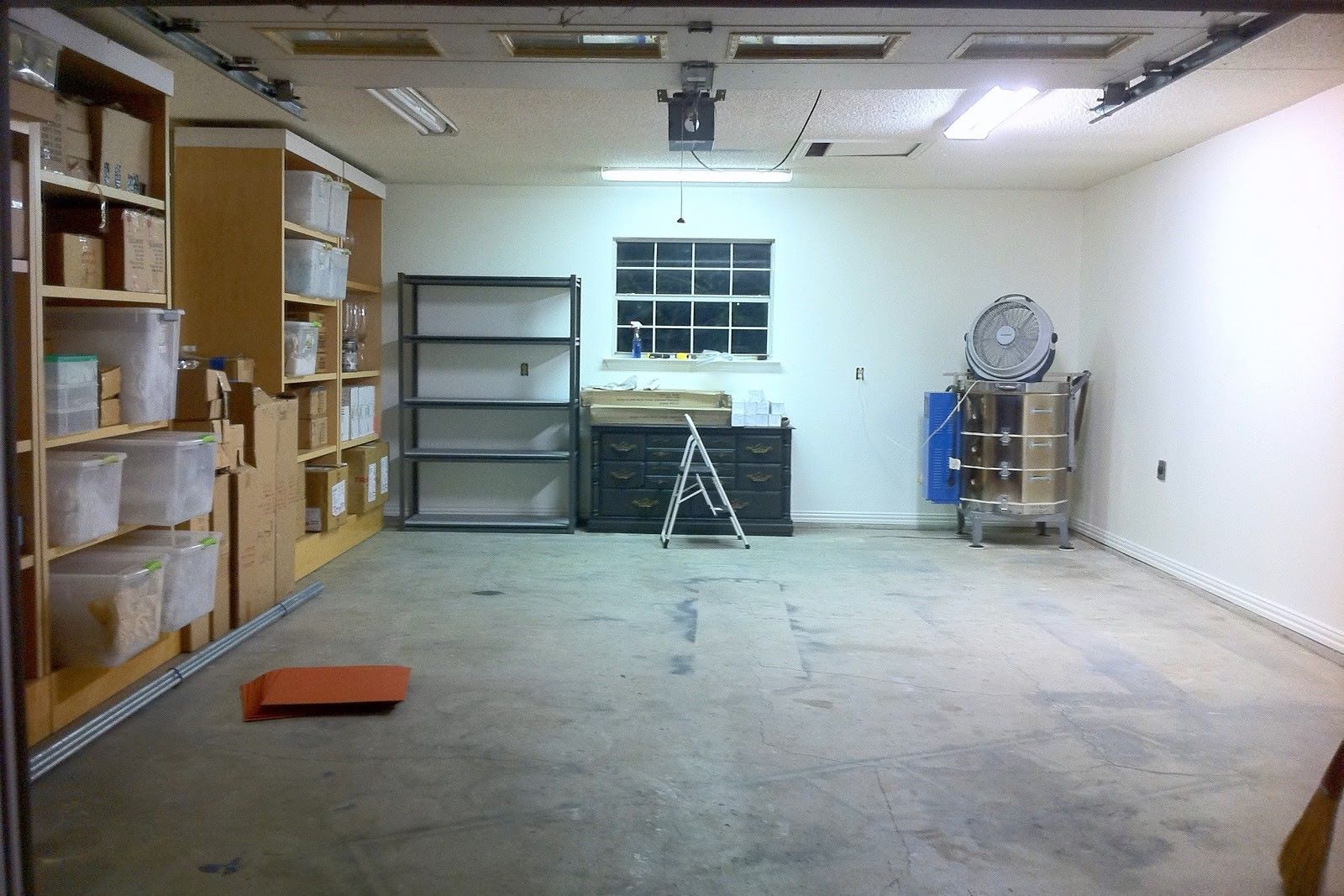

Ideas and Tips
Creating A Functional Craft Room In A Garage
Published: August 29, 2024
Transform your garage into a functional craft room with our guide. Learn planning, organization, and essential tools for a productive creative space.
(Many of the links in this article redirect to a specific reviewed product. Your purchase of these products through affiliate links helps to generate commission for Storables.com, at no extra cost. Learn more)
Creating a functional craft room in a garage can be a rewarding and creative project. Whether you are a seasoned crafter or just starting out, transforming your garage into a dedicated space for your hobbies can enhance your productivity and enjoyment. In this article, we will guide you through the process of designing and setting up a craft room in your garage, covering everything from planning and organization to choosing the right tools and materials.
Planning Your Craft Room
Before you begin, it's essential to plan your craft room carefully. This involves considering the space available, your specific needs, and how you want to use the room.
Assess the Space:
- Measure Your Garage: Take precise measurements of your garage to determine the dimensions of the space you have available.
- Identify Obstacles: Note any obstacles such as windows, doors, or structural elements that might affect your layout.
Determine Your Needs:
- Type of Crafts: Think about the types of crafts you will be doing in the room. For example, if you are a paper crafter, you will need space for tables and storage for paper supplies.
- Workstations: Decide how many workstations you need and what each workstation should include (e.g., tables, chairs, lighting).
- Storage: Consider the amount of storage you require for supplies, tools, and finished projects.
Create a Layout:
- Use graph paper or a digital tool to create a scale drawing of your garage. This will help you visualize different layouts and ensure that everything fits comfortably.
- Consider the "work triangle" principle: placing essential elements like tables and storage within easy reach of each other.
Read more: Creating A Functional Craft Room In An Attic
Designing Your Craft Room
Once you have a clear plan, it's time to start designing your craft room.
Lighting:
- Natural Light: If possible, position your workstations near windows to take advantage of natural light.
- Artificial Light: Use high-quality lighting fixtures specifically designed for craft rooms. These can include overhead lights, task lamps, and LED strips for specific tasks.
Ergonomics:
- Comfortable Workstations: Ensure that your workstations are comfortable and ergonomic. This includes using adjustable chairs and tables that allow you to work at a comfortable height.
- Good Posture: Promote good posture by placing your work surfaces at a height that allows you to work without straining your back or neck.
Organization:
- Storage Solutions: Invest in high-quality storage solutions such as shelving units, cabinets, and drawers. Label each storage unit so that you can easily find what you need.
- Supply Organization: Organize your supplies in a way that makes sense for your specific crafts. For example, if you are a paper crafter, you might want to store paper supplies in one area and tools in another.
Color Scheme:
- Choose a color scheme that inspires creativity and comfort. Pastel colors or soft neutrals can create a calming environment while bold colors can stimulate creativity.
Decorations:
- Add personal touches such as artwork or inspirational quotes to make the space feel more inviting and personal.
Choosing the Right Tools and Materials
The right tools and materials are essential for creating a functional craft room.
Work Surfaces:
- Choose durable work surfaces such as wooden tables or countertops that can withstand various crafting activities.
- Consider using anti-fatigue mats for comfort during long crafting sessions.
Storage Containers:
- Use high-quality storage containers like plastic bins or wooden crates to store supplies and tools.
- Label each container so that you can easily find what you need.
Crafting Supplies:
- Invest in essential crafting supplies such as scissors, glue, paintbrushes, etc., depending on the type of crafts you will be doing.
- Consider purchasing multi-functional tools that can be used for various tasks.
Ergonomic Accessories:
- Use ergonomic accessories like standing desks or adjustable chairs to promote good posture and reduce fatigue.
Safety Equipment:
- Invest in safety equipment like gloves and goggles to protect yourself from potential hazards during crafting activities.
Implementing Your Plan
Once you have all the necessary tools and materials, it's time to implement your plan.
Set Up Workstations:
- Arrange your workstations according to your layout plan. Ensure that each workstation has everything needed for specific tasks.
- Test each workstation to ensure that it is comfortable and functional.
Install Storage Solutions:
- Install shelving units, cabinets, and drawers as per your storage plan.
- Label each storage unit so that you can easily find what you need.
Add Lighting Fixtures:
- Install high-quality lighting fixtures that provide adequate light for various tasks.
- Test the lighting fixtures to ensure they are working properly.
Decorate the Space:
- Add personal touches like artwork or inspirational quotes to make the space feel more inviting and personal.
- Use color schemes that inspire creativity and comfort.
Test the Space:
- Test the space by doing various crafting activities to ensure everything is working as planned.
- Make any necessary adjustments based on your experience.
Tips for Maintaining Your Craft Room
Maintaining your craft room is crucial to keep it functional and organized over time.
Regular Cleaning:
- Regularly clean your craft room to prevent clutter buildup.
- Use dusting sprays and vacuum cleaners specifically designed for craft rooms.
Supply Management:
- Manage your supplies by regularly checking inventory levels and restocking as needed.
- Consider implementing a "first in, first out" policy to ensure older supplies are used before newer ones.
Storage Maintenance:
- Regularly inspect your storage solutions to ensure they are in good condition.
- Replace any damaged storage units promptly to maintain organization.
Ergonomic Maintenance:
- Regularly check ergonomic accessories like standing desks or adjustable chairs to ensure they are functioning properly.
- Make any necessary adjustments based on your experience.
Inspiration and Motivation:
- Keep your craft room inspiring by adding new artwork or inspirational quotes periodically.
- Share your creations with friends or family members to keep yourself motivated and inspired.
By following these steps and tips, you can create a functional craft room in your garage that enhances your productivity and enjoyment of crafting activities. Remember to always plan carefully, choose the right tools and materials, implement your plan effectively, and maintain your space regularly to ensure it remains functional and organized over time.
Was this page helpful?
At Storables.com, we guarantee accurate and reliable information. Our content, validated by Expert Board Contributors, is crafted following stringent Editorial Policies. We're committed to providing you with well-researched, expert-backed insights for all your informational needs.
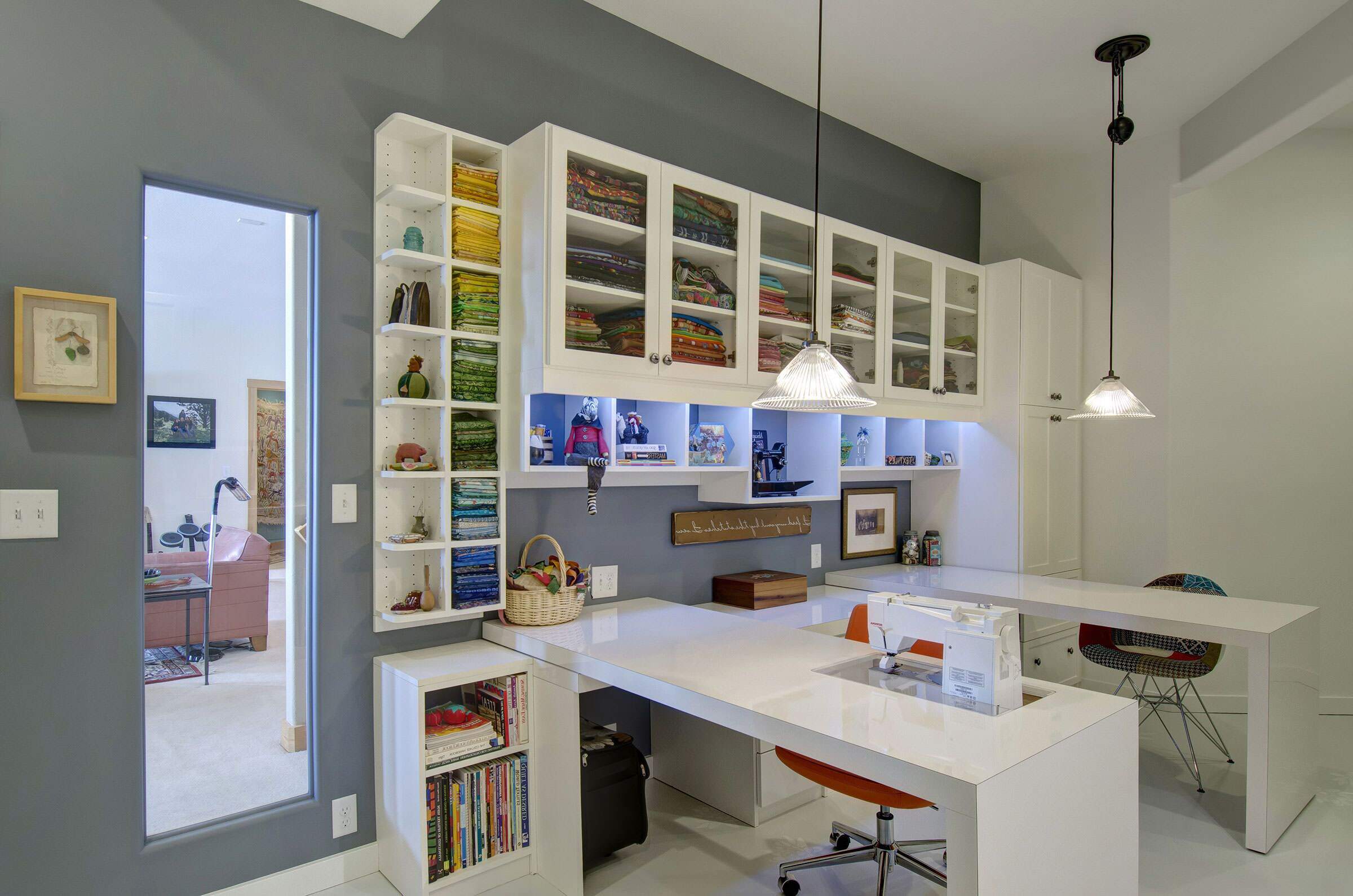
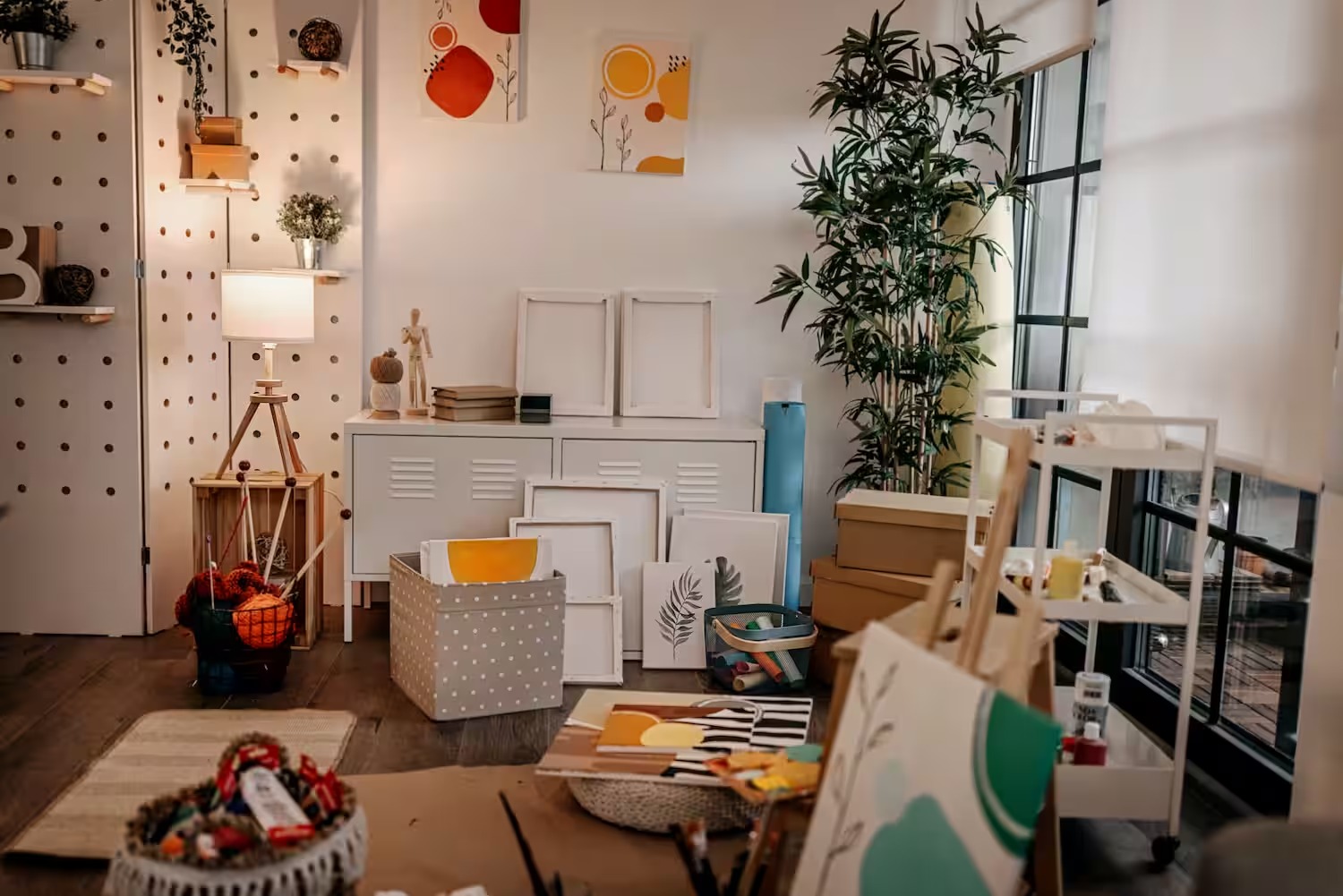
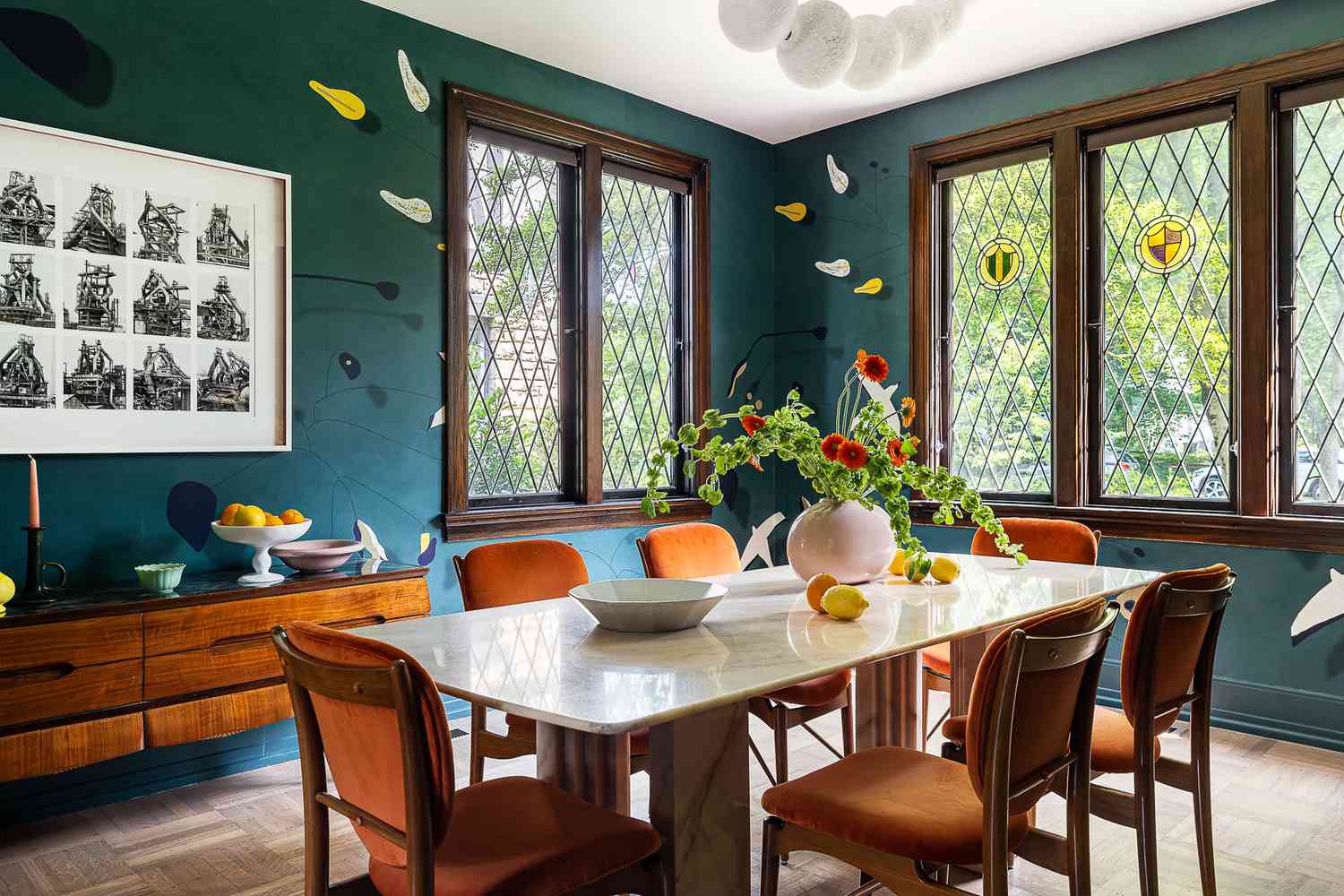

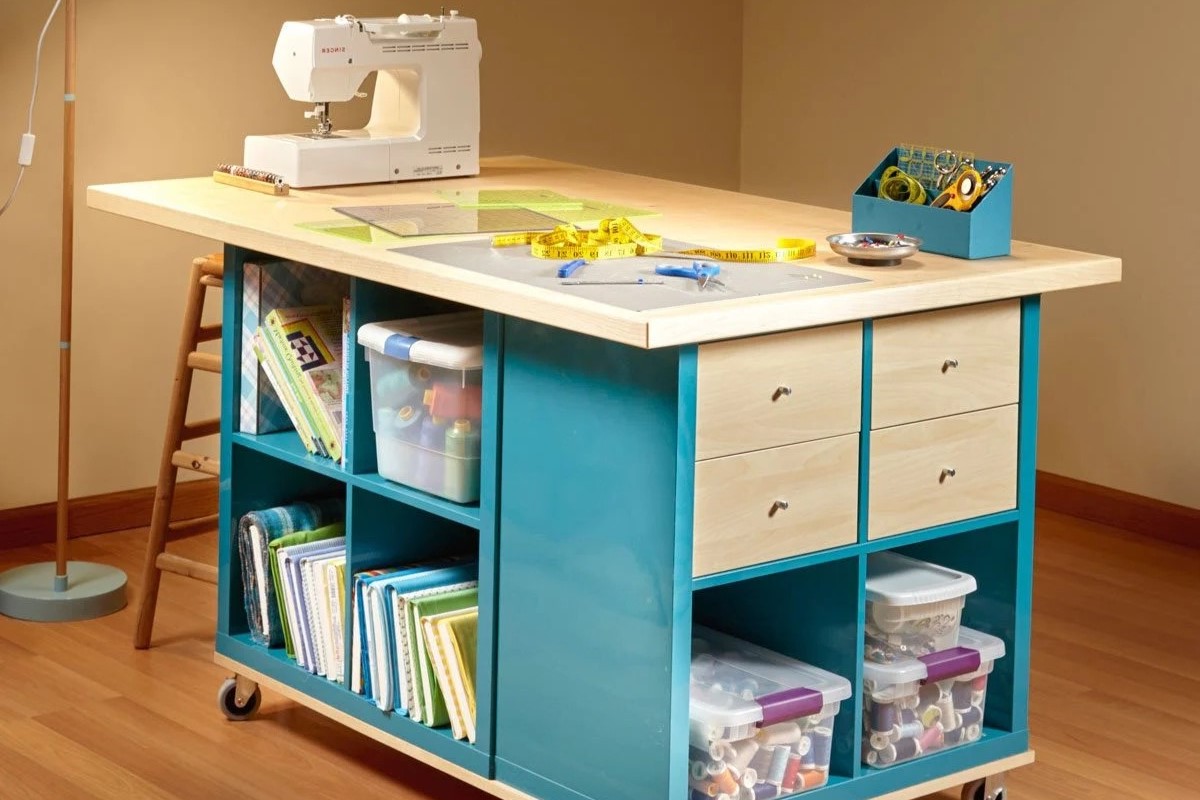
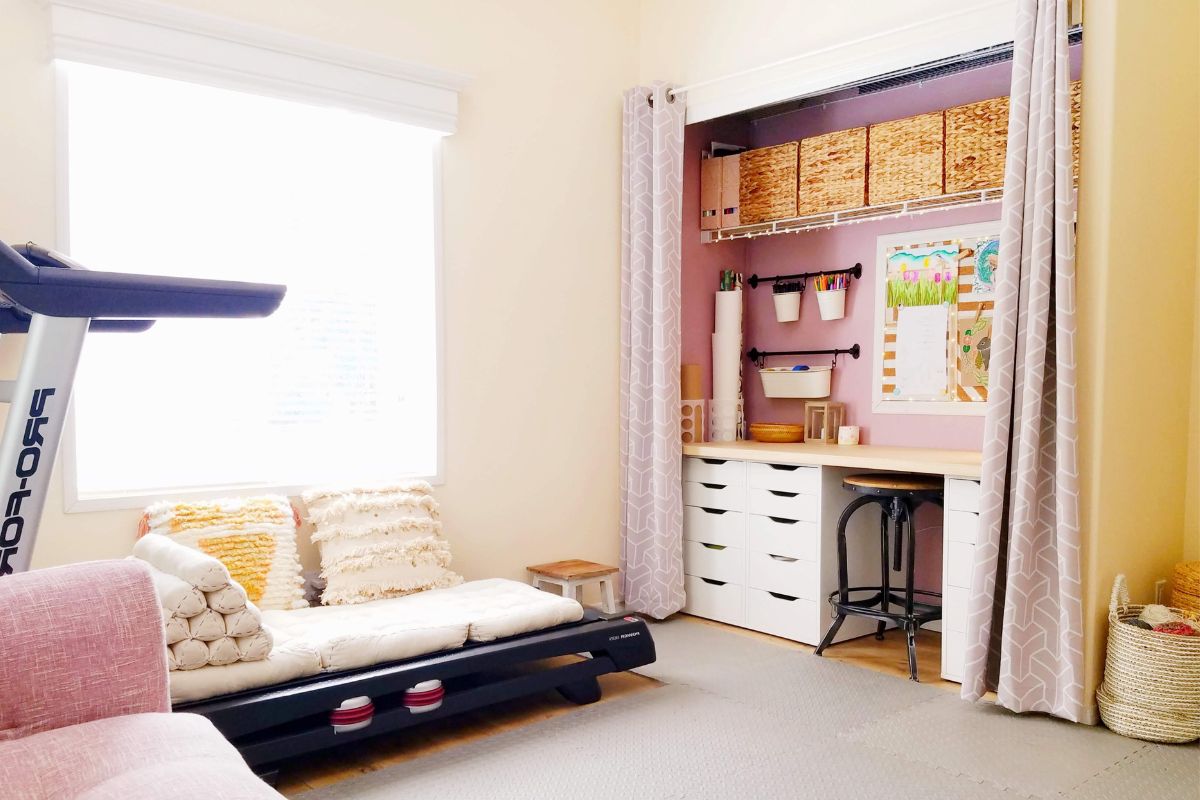
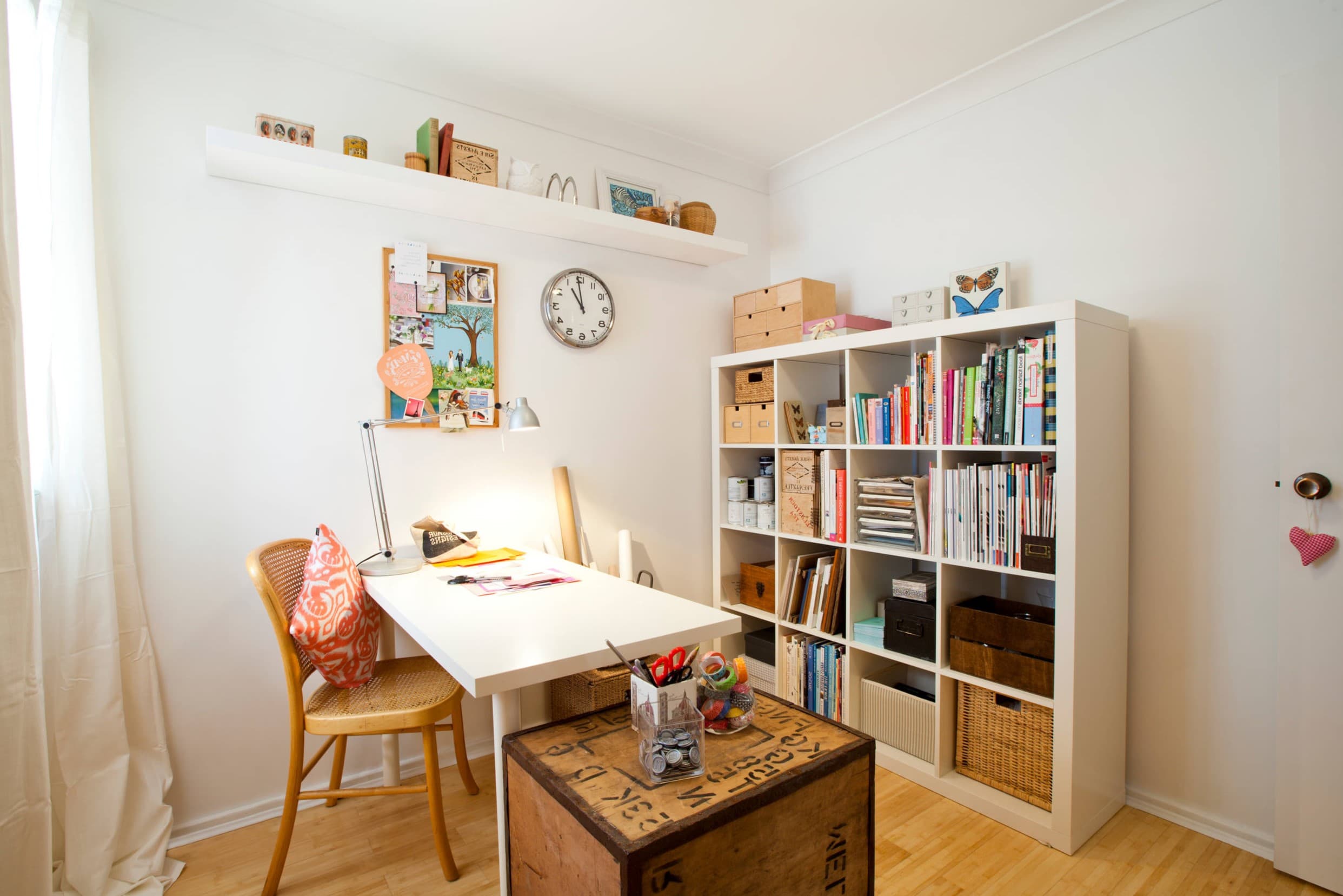
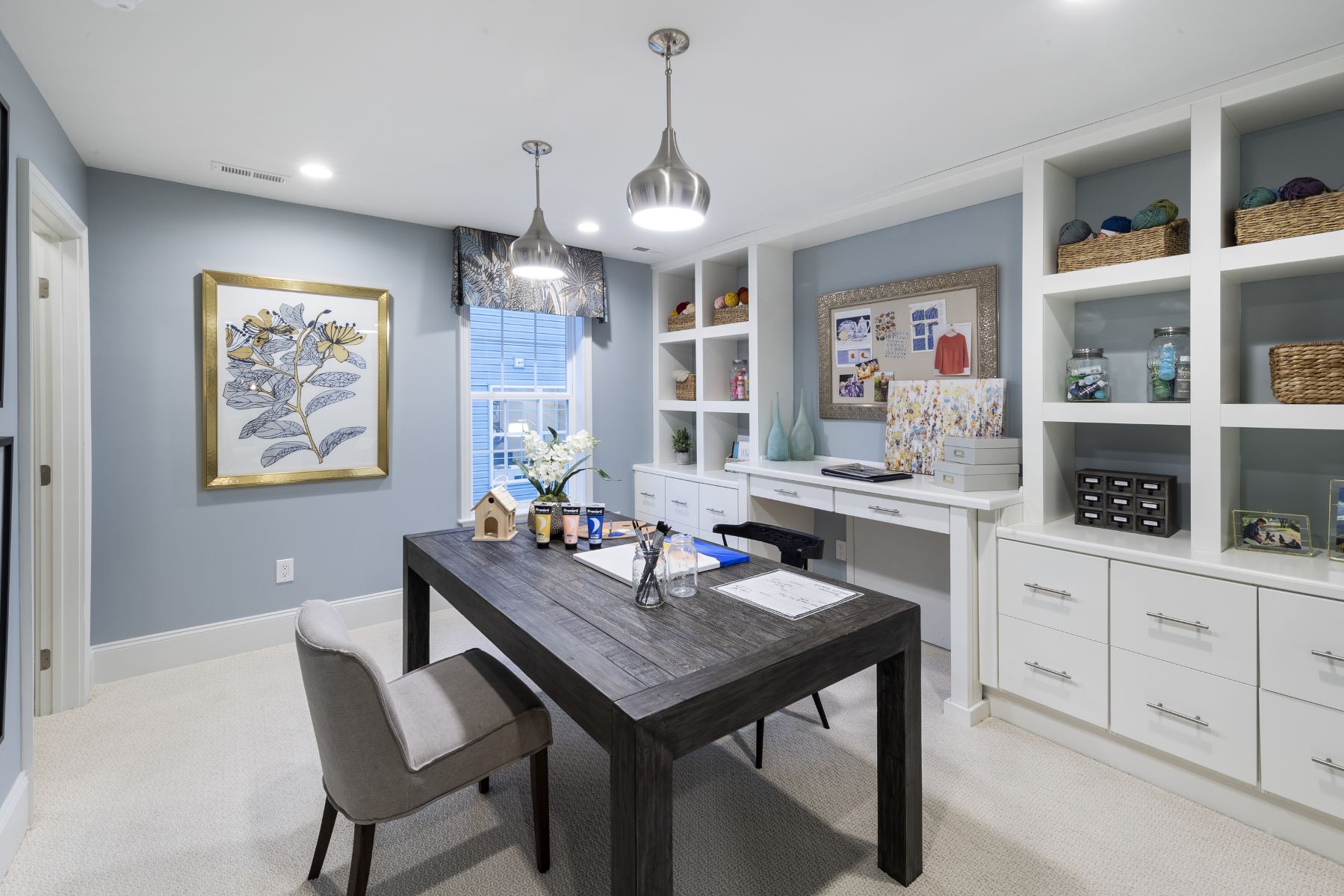
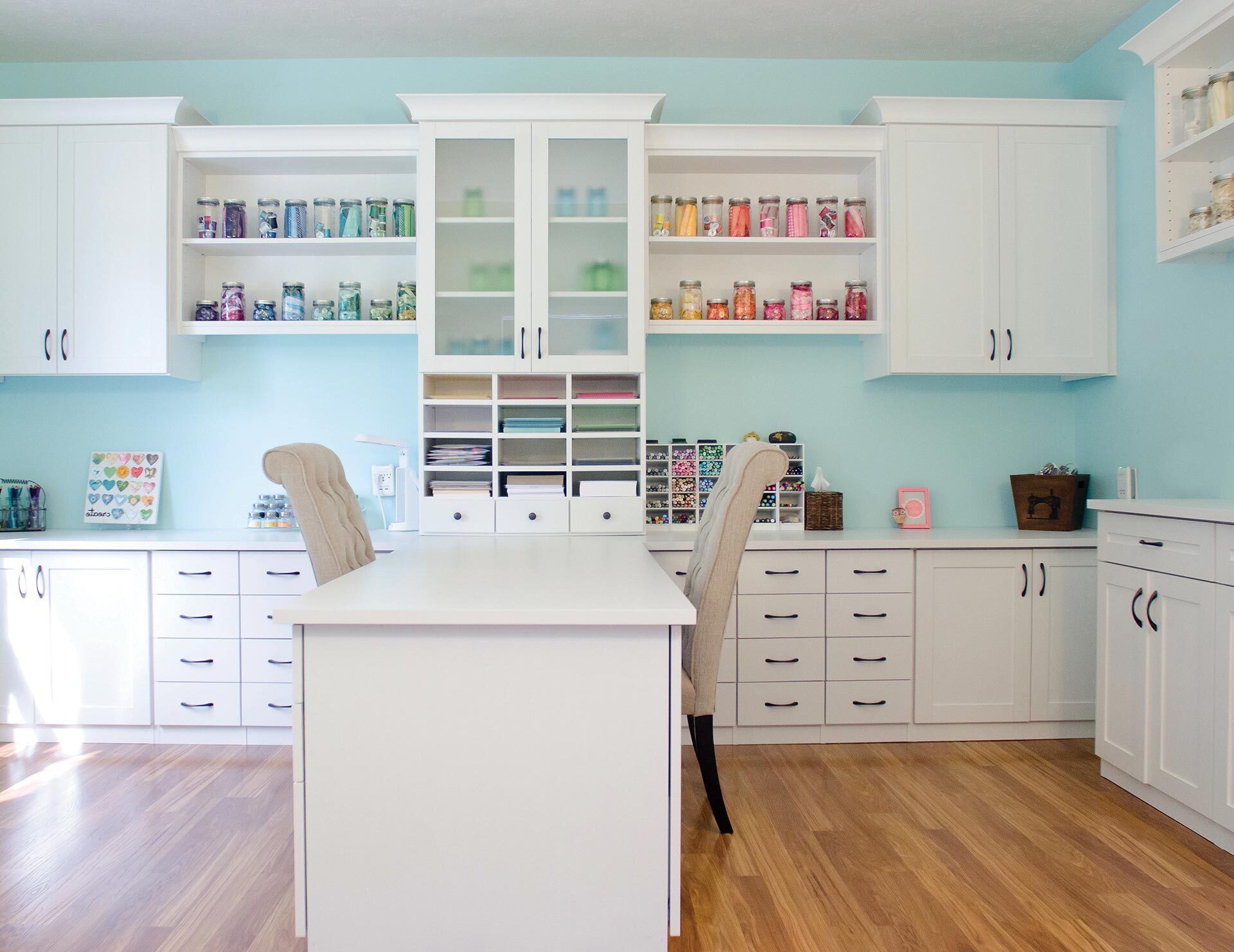
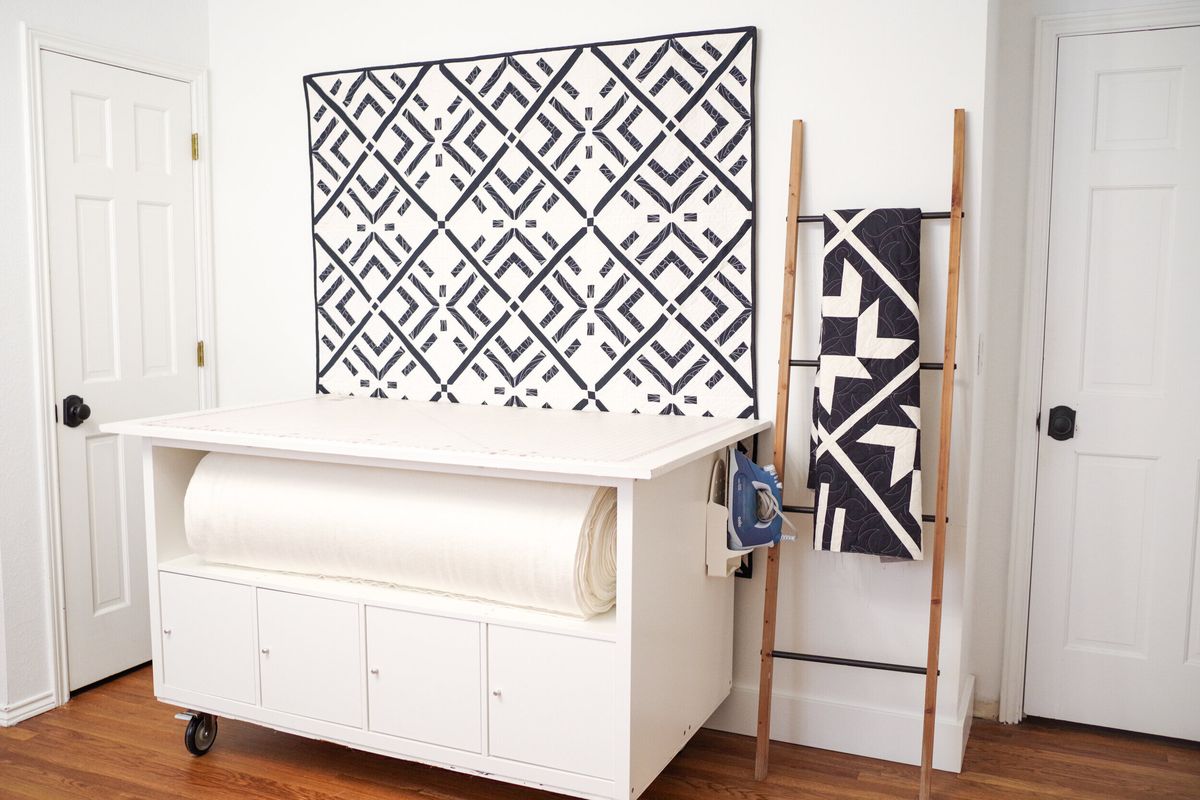
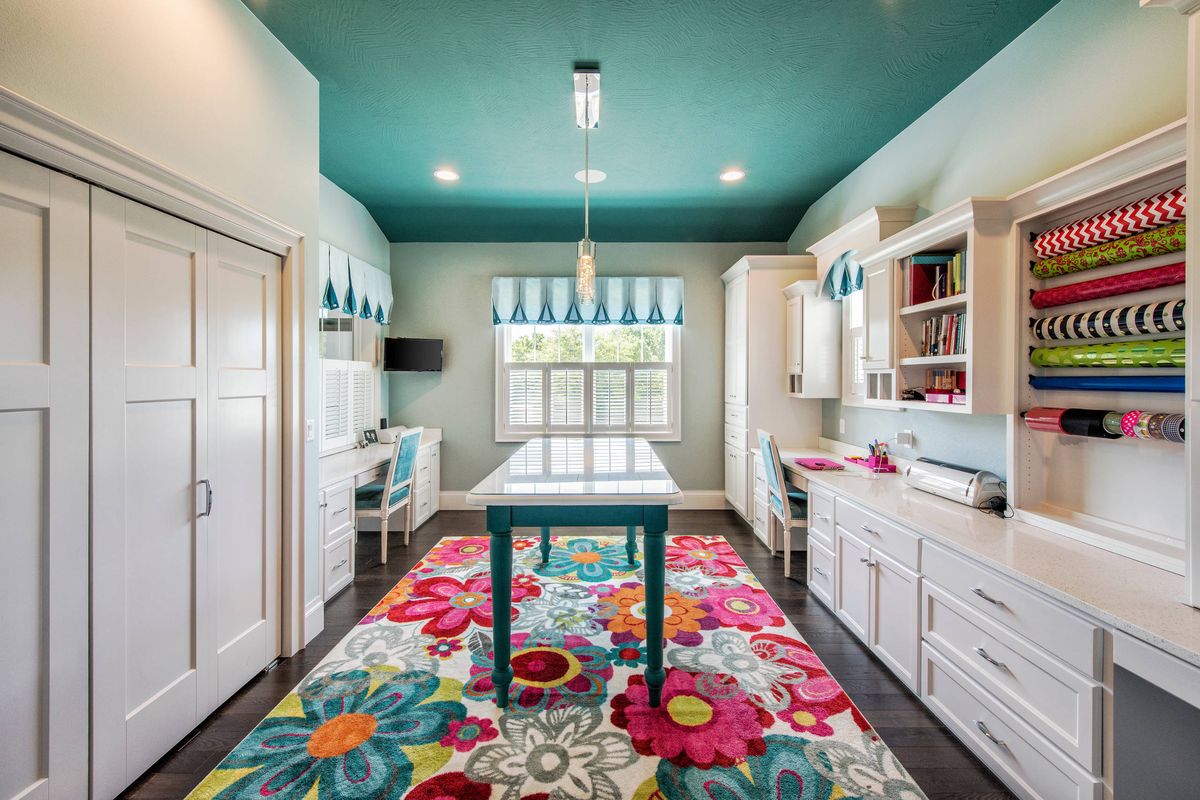
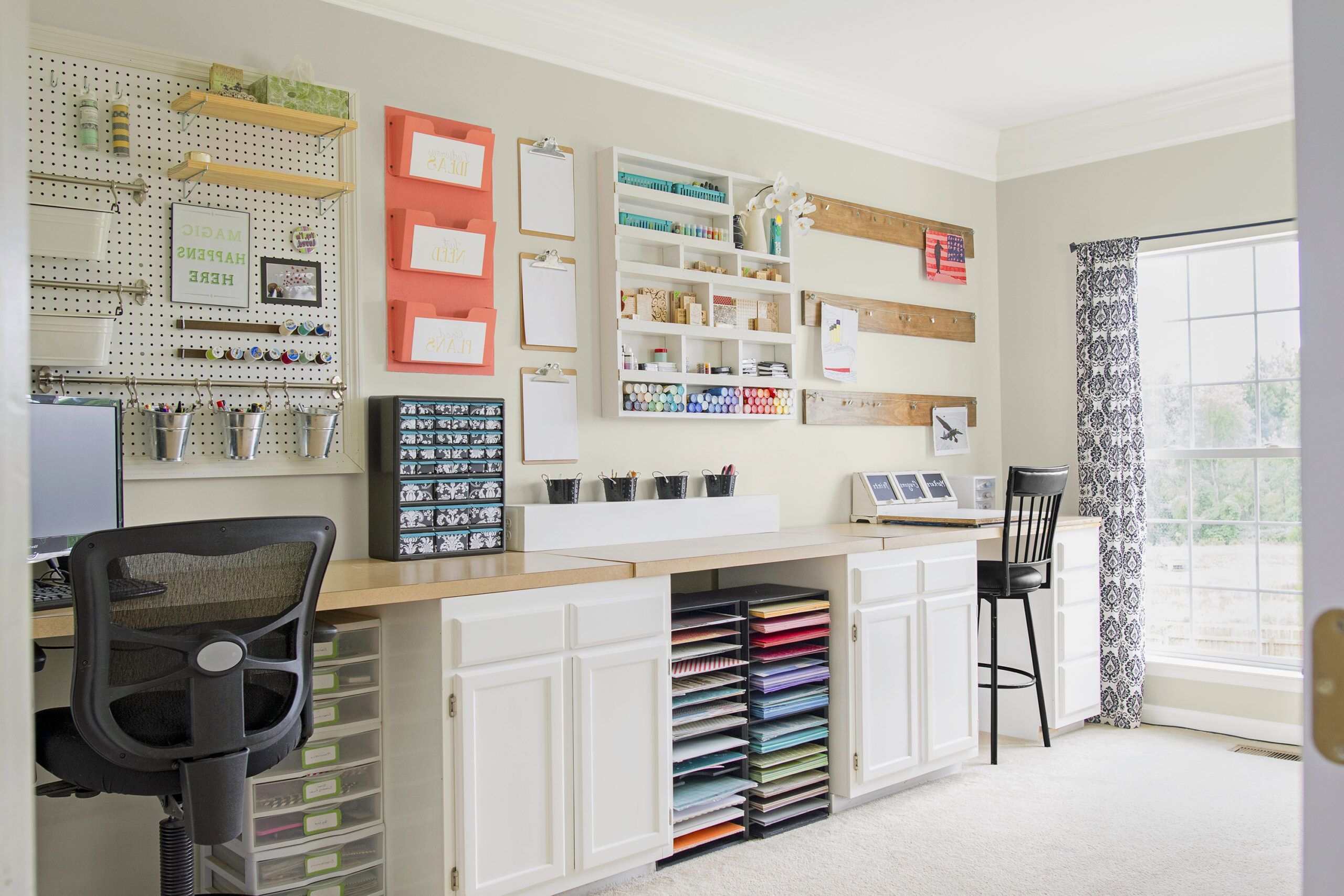
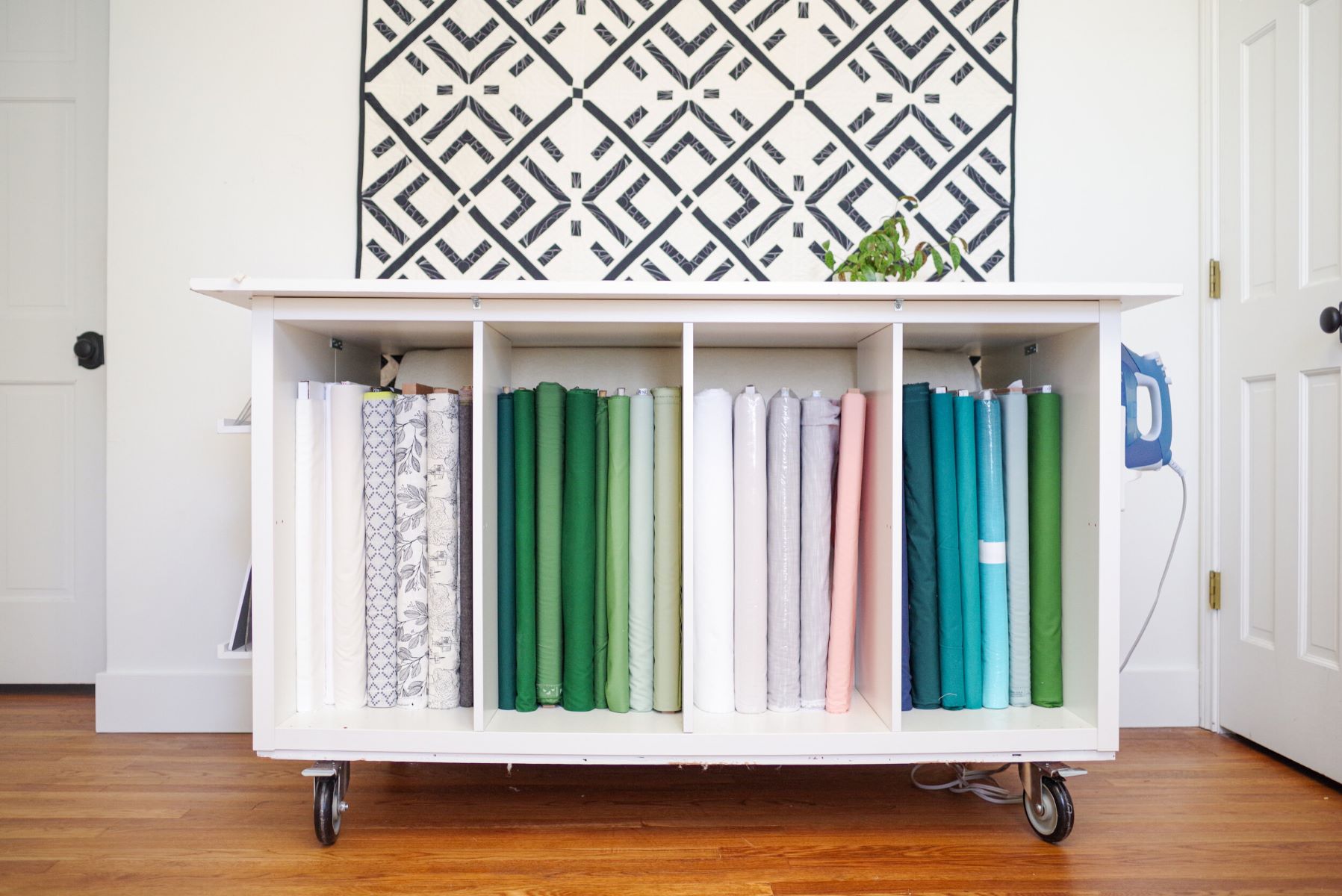
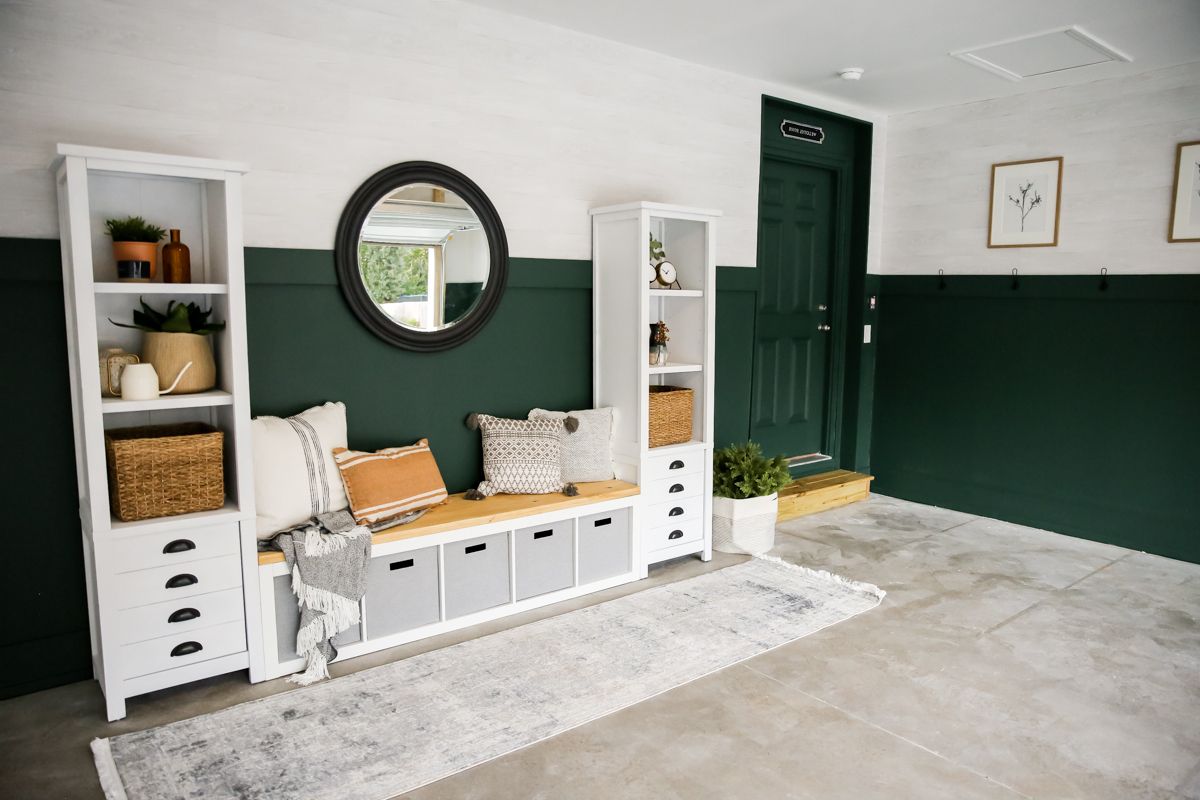
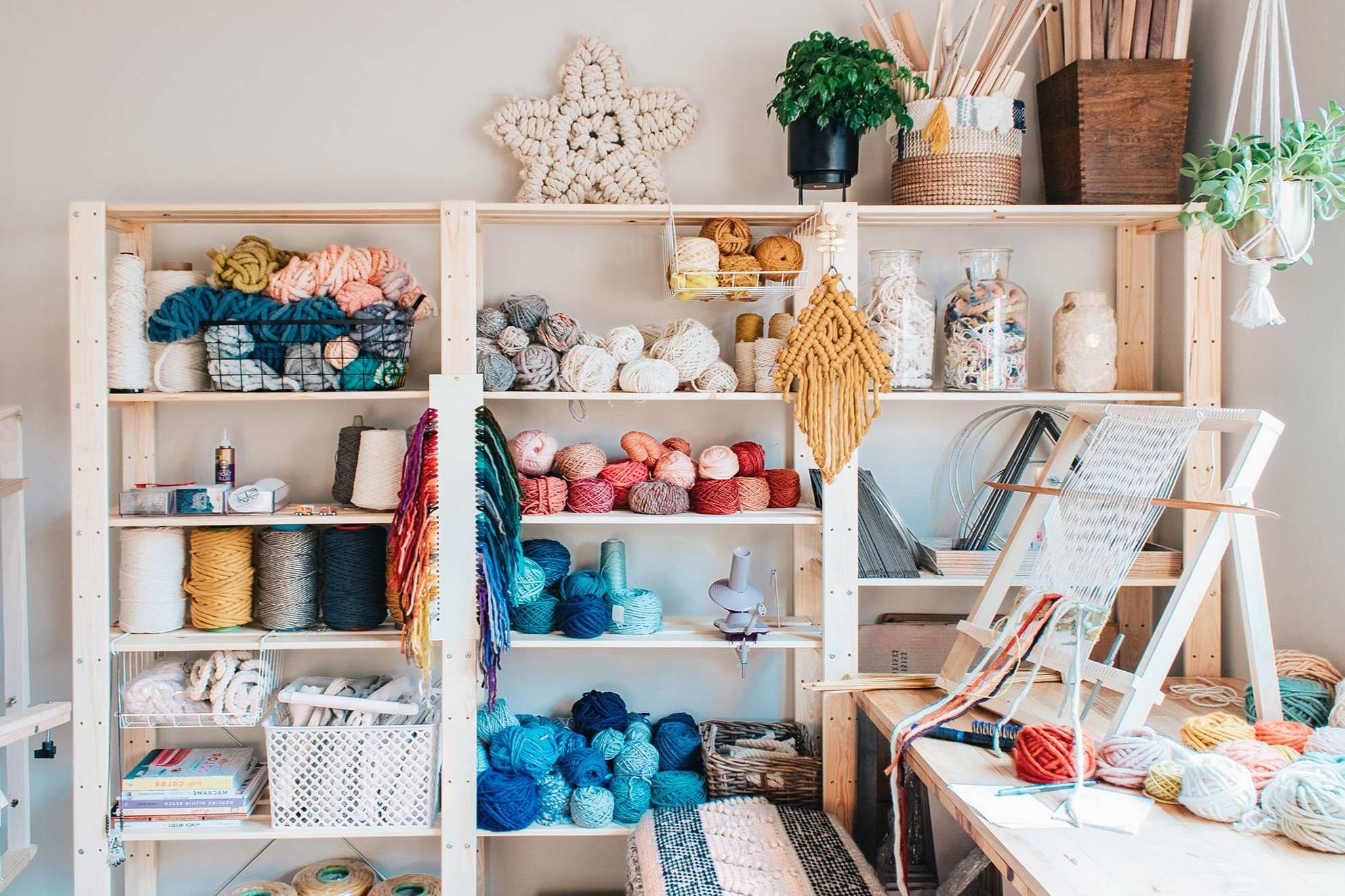

0 thoughts on “Creating A Functional Craft Room In A Garage”